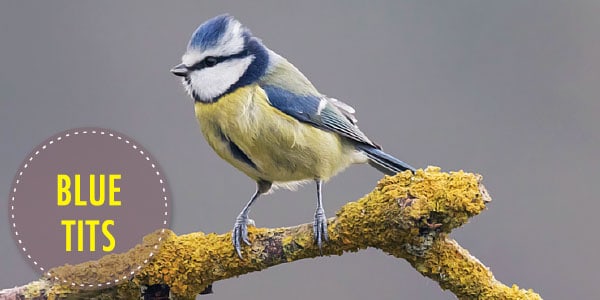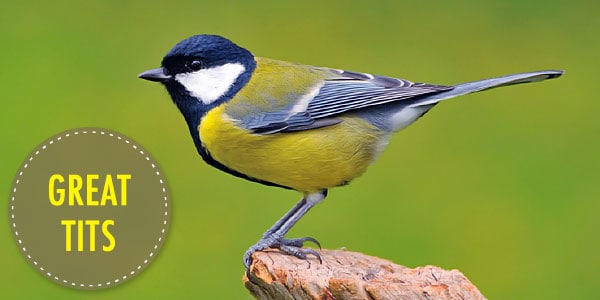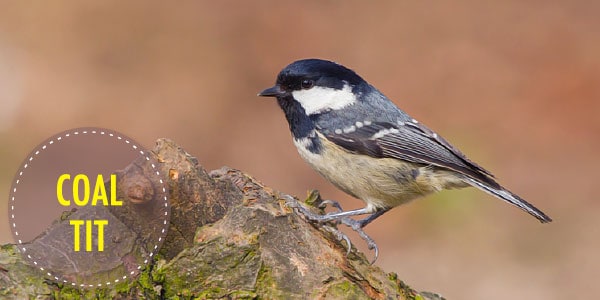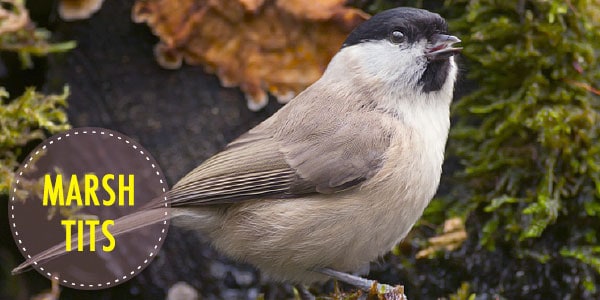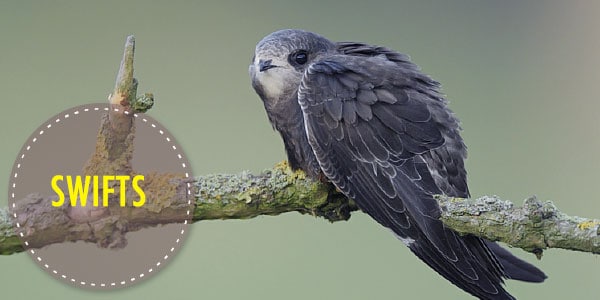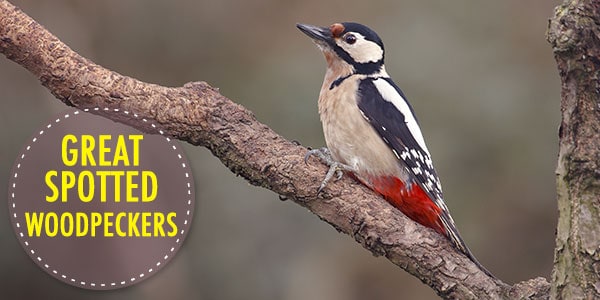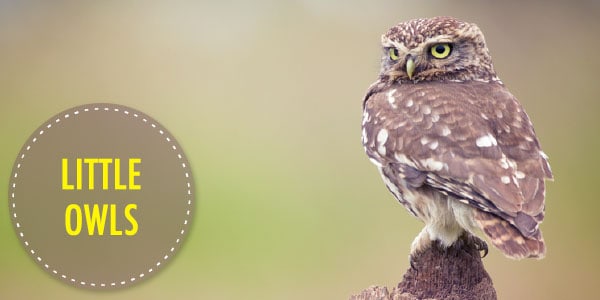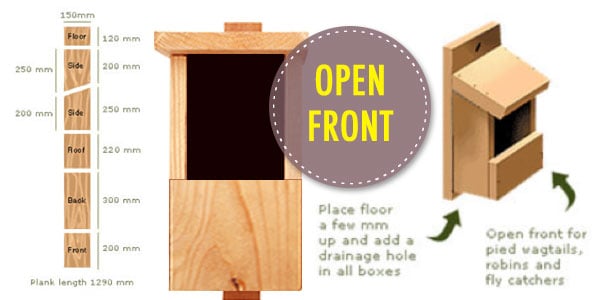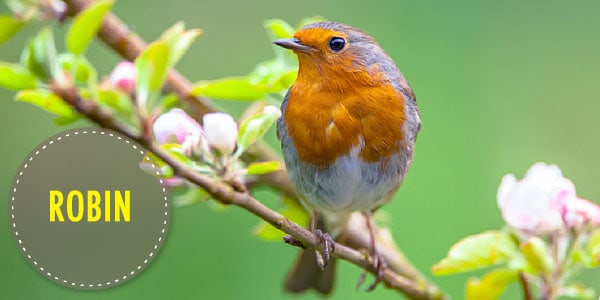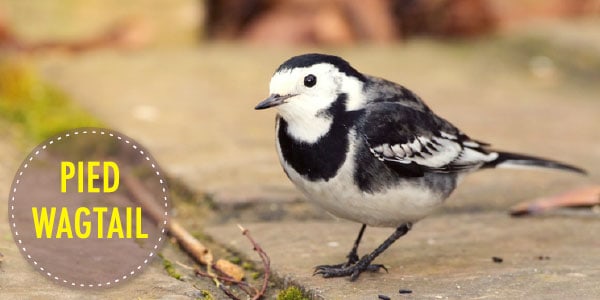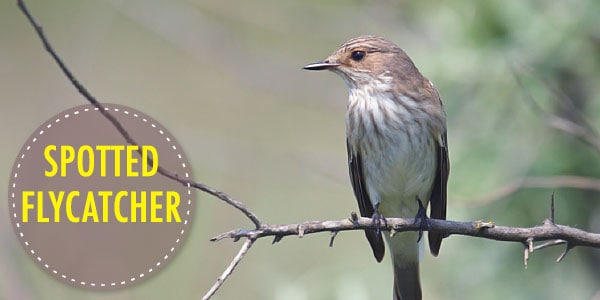As winter draws to a close and the first spring flowers are braving the cold weather, aside from setting up your trusty patio sets or your favourite gas barbecue grill outside, its time to think about providing nest boxes for garden birds.
You might ask ‘why bother?’ Well, believe it or not one of the reasons why birds have declining populations is that our buildings are becoming less and less bird friendly and countryside and woodland management often removed many potential nest sites. Gardens are increasingly important to birds. It doesn’t really matter what materials you will use: garden furniture , scrap pallets lying around, or recyclable pieces from your dilapidated rattan patio furniture. Long as you are able to provide our flighty friends with a shelter during the harshest weather conditions, then you’re far from being toast. Twenty million people put out food for the birds in their gardens so we know there is a huge potential out there to do even more to conserve British wildlife.
If you build them, they will come…
Most of our common garden birds are UK permanent residents and will nest as early as the weather allows before the migrants arrive… so February and March is when you should be getting the boxes ready for them. Migrants start arriving at the end of March although a few will not be here until the end of May so there is still a point in getting nest boxes up for some of these late comers into early spring.
Do yourself good too…
Of course, once you’ve a nest box up and occupied you will find hours of pleasure in watching the comings and goings as the birds bring nest material, lay eggs then raise, feed and fledge their young well into the summer months. Early breeders may even give it another go later. All those hungry mouths will have an effect on your garden as tits, blackbirds, robins and all search for insect larvae to feed their young. So you can feel good about doing good, enjoy the theatre of the birds and do your garden good all at the same time!
Different strokes for different folks…
Just like us birds come in all shapes and sizes and have different habits and needs. You need to ‘target’ the species in order to create a home for it. Fortunately we’ve been providing nestboxes in our gardens for many decades and BTO (British Trust for Ornithology) and RSPB (Royal Society for the Protection of Birds) have terrific information on their websites to help you make your choices and provide the best boxes for you beautiful birds. Both supply boxes, but its more fun (and cheaper) to build your own and a great indoor day activity for the kids too. See below for what you need and the relevant materials and dimensions.
Most people will have tits visiting their gardens and they take to nestboxes quickly. A small box with the right sized hole will suit bluetits, great tits, coal tits, marsh tits and even willow tits (although they are very scarce these day). But a small box will be great for house and tree sparrows, redstarts, pied flycatchers and nuthatches too.
Larger boxes with an entry hole suit starlings, swifts, Great-spotted woodpeckers and little owls. The entry hole must be different sizes for different birds… 25mm or larger for the smaller tits, 28mm or larger for great tit, and tree sparrow and 32mm for house sparrow.
Other birds prefer open fronted boxes including robins, pied wagtails and spotted flycatchers… so one of each type in your garden would be great and double your chances of occupants!
Whichever type you decide to make you don’t have to buy new wood to do it if you have some of the right size… but you must use plain wood never wood that is painted or treated with preservatives (Tanalised) as this can harm the birds. In fact old well-seasoned wood is probably better than newly milled wood and will fit into the surroundings nicely, especially if you are attaching your nest boxes to trees. Wood needs to be a minimum of 15mm thick as anything thinner will likely warp. Well made boxes will keep out the weather, but, when you site them try to keep them sheltered by the tree trunk or wall you attach them to.
Desirable & safe locations…
We all want to live in a nice neighbourhood with good schools and low crime rate… well birds are the same, although what makes for a good neighbourhood is different.
Just like feeders you need to put nest boxes where predators like cats and squirrels can’t get at them. Obviously, it’s nice to be able to see the boxes from your window, but it shouldn’t be at the expense of predator safety. On a wall slightly above head height is a good idea and don’t be tempted to lift the lid to see what is going on unless you are positive there has been no activity for several days. Sometimes birds do abandoned a finished nest or even a clutch of eggs. If this happens try and work out if the site is too disturbed by family comings and goings or by the attention of cats or magpies for example. Re-siting the box might then make sense.
You will often seen fancy birdhouses for sale… made to look like cottages or windmills or whatever. These are designed to appeal to people not birds. Stick to plain not fancy. Think of all those shows about how to sell your home, you don’t decorate for yourself, but to make it as much of a blank canvas as possible using magnolia throughout!
Make sure, too that there are no perches beside the entry hole, the nesters don’t need them but predators will love them, especially woodpeckers who will use the perch to enable them to enlarge the hole and get eggs or nestlings.
Some birds are getting really scarce because of weather, or persecution, pesticides and herbicides or intensive agriculture here and abroad. A few of them like house martens, swallows and swifts have had a long association with humanity, or at least, our buildings. If you have a suitable property think how you can help. Swift boxes high up under gables etc., could be a life line. House martens build there own nests out of mud, but you can by precast ones that fit under a roof’s eves. Swallows just need a bit of an invitation so if you are lucky enough to have stables or outbuildings leave something ajar for them to find a way in and out.
Big Gardens…
If you have a large garden or a wooded area then you might be lucky enough to attract owls or smaller birds of prey if you fix owl boxes high up in the trees… they too can be easily made.
Picture this…
There are now hundreds of inexpensive wildlife and security cameras on the market and this is a great way to keep watch on your nest boxes without disturbing the residents. Fancy ones will even stream colour pictures to your computer. But even cheaply bought and easily installed security cameras can record the daily goings on. Or when you want to get serious with bird watching, get a primer by visiting the Magic Birding and Hiking Circuit of Ecuador. Get to see various species at the belt of our planet.
Last but not least…
Finally, at the end of the season when all the birds have fledged you will need to do a little light housekeeping. With lidded boxes it’s easy to take down the box and empty the contents into the compost bin. Moss, feathers and dropping will rot down nicely so it’s better in the compost than in the box. Moreover, mites, lice and other parasites can build up so when you’ve clean out the old nesting material give them a thorough wash out with plain old boiling water and leave them upside down to completely drain and dry. This will kill off the bugs without leaving any dangerous residues.
Don’t store them away, but put them back in situ… they can be a godsend during the winter for keeping birds warm in cold weather. Wrens in particular are known to roost in such shelter, huddling together to share body warmth. Its even been known for dormice to use them as winter hides to hibernate in!
For more and up to date advice, see the BTO and RSPB websites (linked at the beginning of this article).
**We would like to thank Bo from Fatbirder.com for his contribution to the article.




